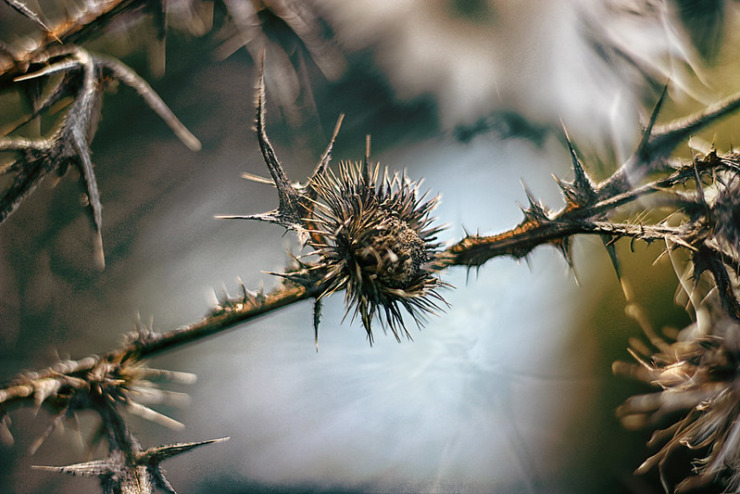Paul Brookes is a writer, a poet, a historian, a photographer, a genealogist, a shop assistant, and a grandfather. He’s written a play that was produced for the stage. He’s been a member of poetry performance groups. He’s published numerous poetry chapbooks and collections. He’s lived in Wombwell, in south Yorkshire in the U.K., for most of his life. And it is there that he manages a website called The Wombwell Rainbow.
The site is about poetry, and poets. Brookes regularly publishes interviews with poets, mostly in the U.S., Canada, and the U.K., but from many other countries as well. And whenever he finds poems and stories that he likes, he writes a brief story and links to them. He promotes poets and their new poetry collections. It was through The Wombwell Rainbow that I found poets John Balaban, Nigel Kent, S.R. Jakobi, Tom Sastry, Sarah Thomson, and others.

Paul Brookes
I took a look at three of Brookes’ collections, and discovered that he writes poetry like British writers John Burnside (Havergey), Patrick Ness (A Monster Calls), and Paul Kingsnorth (Beast, The Wake, Kidland: Poems and Songs from the Blue North: Poems) write fiction. You find an awareness of things coming apart, our fears of life not working like it used to, an awareness of the land and the landscape, and, through it all, a sense of hope and faith that there will be something on the other side of all this.
The Headpoke and Firewedding (2017) at first appears to be two poem collections combined in one volume. “The Headpoke,” with its four subsections, is almost—and “almost” is the key word—a series of stream of consciousness poems that pile images and metaphors so fast that you’ll want to slow down to absorb what you’re reading. It’s part of a planned three-volume trilogy exploring pagan festivals and stories, with Stubborn Sod as the second, published in 2019, and The Ghost’s Holiday as the third.
When you start reading “Firewedding,” you realize you’ve been prepared by the earlier poems. Firewedding, after an introduction, is a series of paired poems in Old English and “Received English.” (It’s the language here that reminds of The Wake by Paul Kingsnorth, which is written entirely in something that’s like pre-Chaucerian English.) Here is part of the introduction to “Firewedding.” It helps to see the photographs included with these poems. They show scenes from Manvers Lake, once an industrial site and now restored (and still managed) as a nature preserve.
Bad Fortune defeated

ruse in scanty num-
bers of Good Fortune,
and thinks the hill
occupied so reserves
might attack the flank
and rear of Bad News
while its front is
engaged,
directs
its attack
upon Good Fortune’s re-
serves, feels quite
certain if it drives Good
Fortune from its posi-
tion, overwhelming
numbers of Bad News
will give it an easy
victory on the level
ground.
Also published in 2017 was A World Where, comprising 37 poems about the phases of life, family relationships, illness, loss, and death. These are the things you become more conscious of as you age. When you’re in your 20s, you’re immortal. When you’re in your 60s, you’re all too aware of the will-o-the-wisp of immortality. These poems demonstrate the idea that “life is lived forwards but can only be understood backwards.”
Life Is Meant

Always at angle.
Strain to hear above noise.
Ease and comfort don’t challenge
way you think and act.
A truth unspoken spoken
is an uncomfortable chair.
Work towards uncomfy,
difficult, hardest task
whose edges and odd bumps
stick in, gouge out, move skin
muscle and bone directions
they were never meant to go.
She Needs That Edge (2018) is a collection of what at first seems like five long poems, but it’s a much larger number of shorter poems grouped to tell a story. The middle section, for example, entitled “She Is Seen As Unseen,” and is composed of 16 related poems about family relationships, connecting the landscape (and cityscape) around the narrator to a deeply close relationship.
(ii)

when he walks to work.
Historically the town has never flooded.
River height engineered low as if in anger
held in check by self control.
Night to him is when the streets sway
under water, like weed
And in the day
the lap of dark castor fibers gnaw willowbark
at water’s edge, loosen sense so if the rains
come as before he will have no defence
in the deluge.
Her lightless body will smother
every hole in his body. He will
gasp for air, lungs so painful
he must find light to breathe.
Brookes is a poetry champion. Not only does he write it, but he also gives generously of his own time and website to recognize and celebrate other poets. If in this time when “publishing platforms” mean everything, Brookes take the broad view, and likely the long view. His platform is poetry and poets.
Photo by Natalia Medd, Creative Commons, via Flickr. Post by Glynn Young.
__________________________

“I require all our incoming poetry students—in the MFA I direct—to buy and read this book.”
—Jeanetta Calhoun Mish
- Poets and Poems: Beth Copeland and “I Ask the Mountain to Heal My Heart” - July 10, 2025
- A.E. Stallings: the Parthenon Marbles, Poets, and Artists - July 8, 2025
- Poets and Fables: Steven Flint and “The Sun and the Boy” - July 3, 2025

Leave a Reply